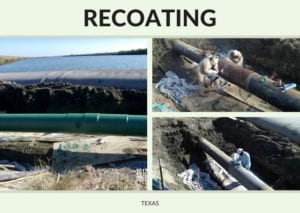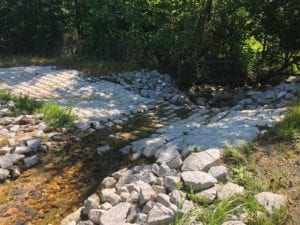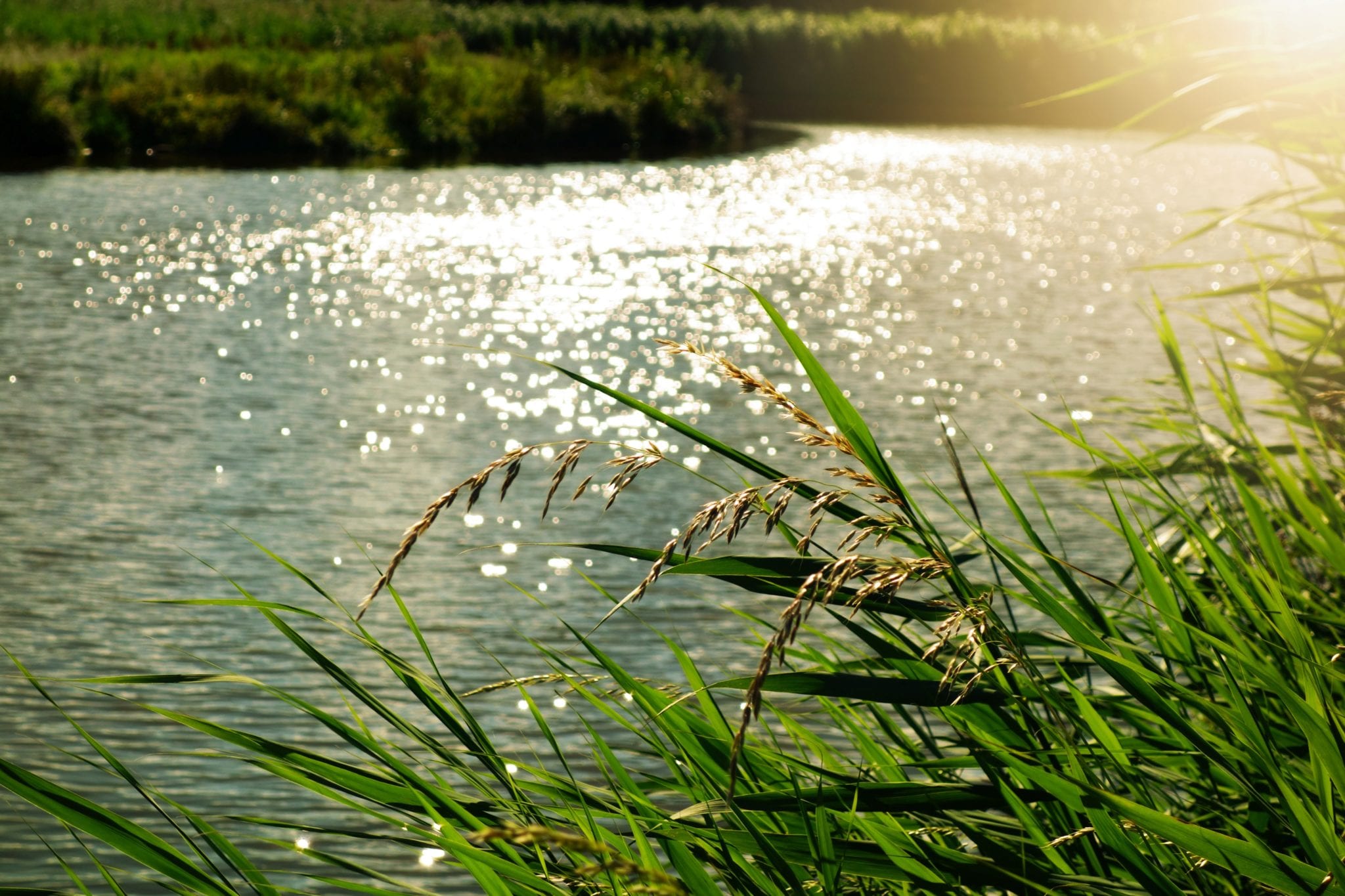With more than 250,000 rivers traversing the country, the United States’ energy highways sometimes have to cross under these waterways in order to deliver the petroleum products people use every day.
Pipeline companies take extra precautions when crossing to ensure the river’s ever-changing fluvial geomorphology does not affect the pipeline buried below. By protecting the pipeline from the river, companies are also protecting the river from the product in the pipeline.
There are many factors to consider when crossing a river.
- Depth of the pipeline: For many companies, the first line of defense against pipeline damage is “depth of cover,” or burying the line far below the surface so it will be unaffected by scouring of the riverbed. (The Submar onshore mats are an alternative to lowering the line: they are more cost-effective, and the construction will result in less overall disturbance.)
- Pipeline thickness: Pipelines that cross under water are sometimes 30 to 50 percent thicker than the pipe used for the rest of the route.
- Special coatings: To prevent damage from rocks and debris in the soil and in the moving water, companies use specialized pipeline coatings that are impact-resistant, abrasion-resistant, and highly durable. Submar’s crews are equipped to recoat pipelines before protecting them from further erosion.

Removing the natural covering of vegetation can drastically accelerate erosion; to help fight this type of erosion, Submar attacks on several fronts.
First, we study the natural and historical topography of the stream and design a solution accordingly. A pipeline buried in a straight section of a river could actually end up in a bend over time if the natural contours of the waterway are not taken into consideration.

Second, our articulated concrete revetment mats promote the growth of natural plants and trees. Our mats help to mimic the riverbank, which will create stability both immediately and over long periods of time. To learn more about how our onshore mats can help your pipeline crossing, check out our products page.


